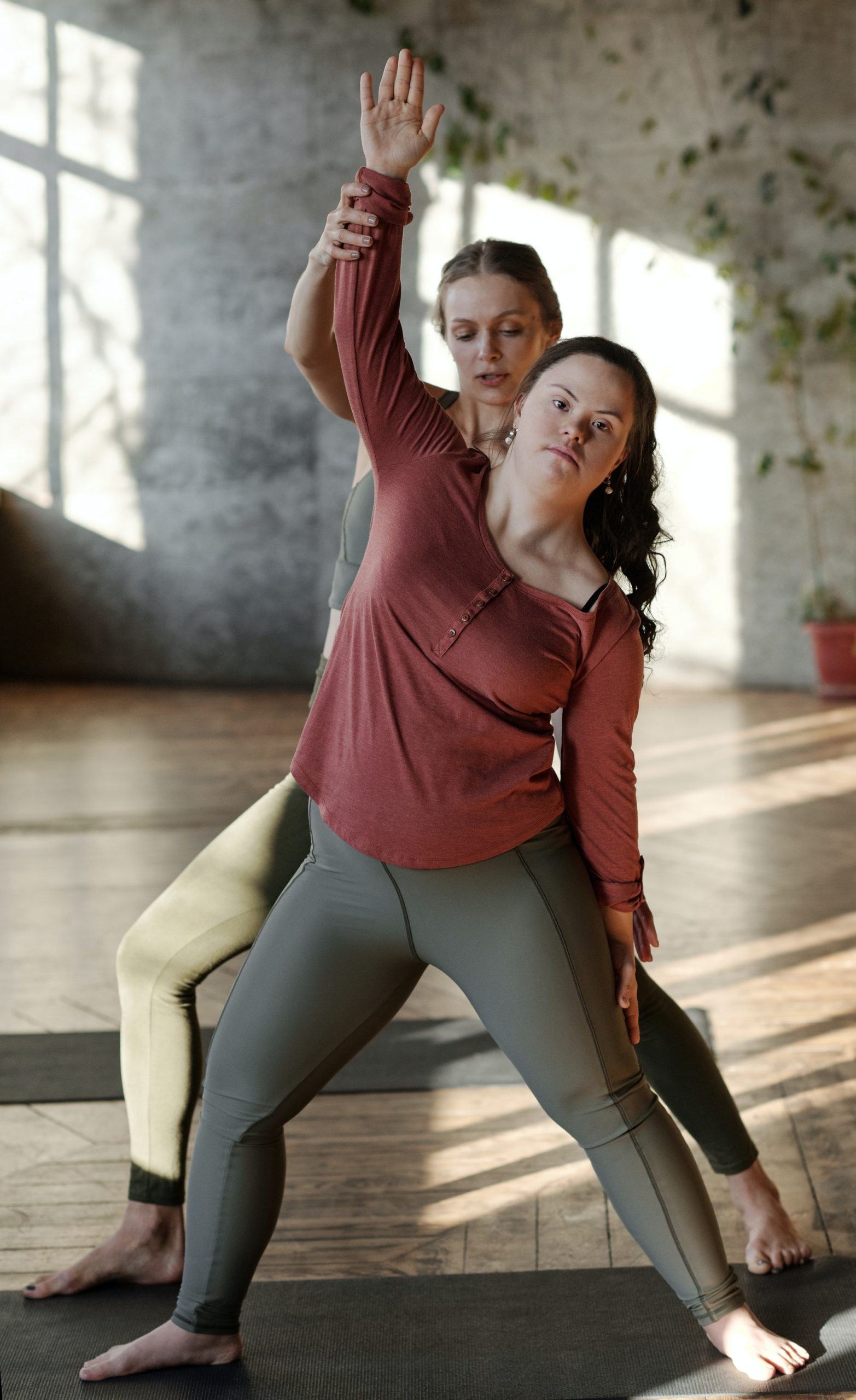MANUAL THERAPY
In myofascial therapy, muscles and connective tissues are targeted, and flexibility and mobility of these tissues are promoted. There are different types of Myofascial Release, ranging from simple pressure to a lot more complex techniques like other types of traction, that aim to eliminate pain and restore movement by gently applying sustained pressure into restricted Myofascial connective tissues.
A low load (gentle pressure) applied slowly will allow a viscoelastic medium (fascia) to elongate. This essential “time element” has to do with the viscous flow and the piezoelectric phenomenon. Myofascial Release Treatments are performed directly on the skin without the use of oils, creams or machinery. As a result, the therapist is able to correctly detect fascial restrictions and apply sustained pressure in order to facilitate fascial release.
It is possible to treat inflammation with soft tissue manipulation. Firm, direct pressure relaxes hypertensive muscles and stretches tight fascial structures.
It is said that friction massage helps to mobilize adhesions between fascial layers, muscles, compartments, and other soft tissues.
There are many trigger point techniques. While some techniques target trigger points and taut bands directly, others are fascial release techniques that affect a larger area of muscle and its fascia.
When we stretch, we keep the muscles flexible, strong, and healthy, and we need that flexibility to maintain a range of motion in our joints. Otherwise, the muscles shorten and become tight. Consequently, the muscles cannot extend all the way when you call on them. You could suffer from joint pain, sprains, and muscle damage. During rehabilitation, stretching is often recommended. The purpose of stretching is to increase muscle length and range of motion, or to align collagen fibers during muscle recovery.
An effective method of providing greater range of motion (ROM) and pain relief to patients is joint manipulation. Joint manipulation, which is sometimes called ‘manual therapy,’ utilizes a variety of techniques to help patients.

Joint Manipulation: what are its benefits?
- Providing relief from musculoskeletal pain
- Recovering faster from an acute back sprain
- An increase in range of motion
- Physiologically beneficial effects on the central nervous system
- Joints are unlocked
